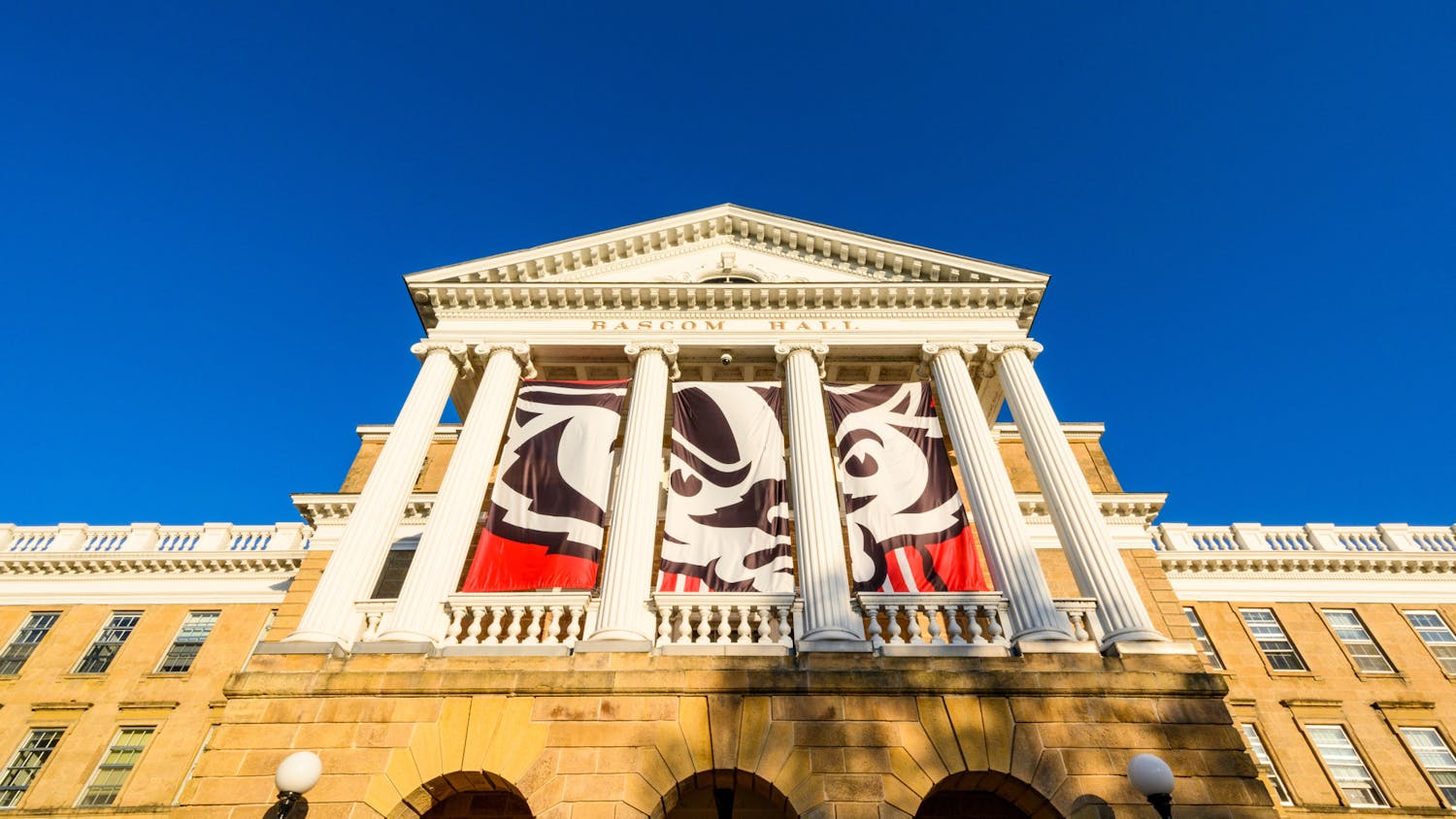In 2011 the student debt hit $1 trillion with $3,000 of new student debt accrued every second, according to Businessweek Magazine. Simultaneously, the cost of education has exploded, promising student loan debt will only continue to rise in the future.
In his State of the Union address, President Barack Obama promised to make university education more accessible to America’s students.
“Let me put colleges and universities on notice,” Obama said. “If you can’t stop tuition from going up, the funding you get from taxpayers will go down. Higher education can’t be a luxury—it is an economic imperative that every family in America should be able to afford.”
Yet, an intractable Republican-led House of Representatives allowed sequestration to take effect including measures that will only exacerbate the student loan crisis in the United States.
According to Secretary of Education Arne Duncan, under the sequester, an estimated 70,000 students who can least afford it will have to borrow more for college. Federal work-study grants will be cut by $49 million and supplemental educational opportunity grants for undergraduate students will be cut by $37 million. Furthermore, many American students will lose access to grants and work study. It is likely thousands of students will be unable to pursue higher education due to the sequester’s restrictions.
Work-study students won’t be the only ones suffering the sequester fallout. Additional cuts to federal support for state universities will perpetuate the vicious cycle of students and their families being forced to pay higher tuition, and take on even more debt, to fill the gap left by waning public support for higher education.
Sequester cuts even imperil the quality of the education students are paying for at a time we can least afford it. Educational achievement in the United States has fallen to the middle of the pack among developed nations. Our students continue to test lower in mathematics and science and 75 percent of American citizens ages 17 to 24 cannot pass military entrance exams.
We cannot accept a less qualified workforce or military. And we cannot afford the economic consequences of the deepening student loan debt crisis.
One Wisconsin Institute’s recent research indicates student-loan debt is handicapping the Wisconsin economy. Statewide, the length of student loan debt is 19 years for bachelor’s degrees and a whopping 22 years for master’ and professional degrees. Student loan debt inhibits individuals spending capabilities and, therefore, adversely affects the state and national economy. For instance, individuals paying on a student loan are more than twice as likely to purchase a used versus new vehicle. Annual aggregate new vehicle spending consequently may be reduced in Wisconsin by up to $201.8 million.
Democrats, Republicans and independents certainly have different views on many of the challenges facing our state and nation. There is one thing we all can agree on, however—we love the University of Wisconsin-Madison. We want Wisconsin’s best students, regardless of income, to continue to attend our university. We want our students to be taught by the best possible faculty and staff. And we do not want our graduates and economy to be crippled by student debt.
It is time to tell Congress that we have had enough. The future of our state and nation depends on it.
Adelaide is a senior majoring in history and African studies with an emphasis in international public policy. Please send all feedback to opinion@dailycardinal.com.





